- Jadilah bos di setiap permainan! AKUNBOS menghadirkan Situs Link Slot Gacor Online Gampang JP dengan bocoran strategi Paling Jitu untuk meraih Maxwin. Nikmati akses link resmi yang stabil, pelayanan kelas VIP, dan peluang jackpot harian yang lebih transparan. Daftar AKUNBOS sekarang dan rasakan sensasi menang ala Bos Besar!
- Jadilah bos di setiap permainan! AKUNBOS menghadirkan Situs Link Slot Gacor Online Gampang JP dengan bocoran strategi Paling Jitu untuk meraih Maxwin. Nikmati akses link resmi yang stabil, pelayanan kelas VIP, dan peluang jackpot harian yang lebih transparan. Daftar AKUNBOS sekarang dan rasakan sensasi menang ala Bos Besar!

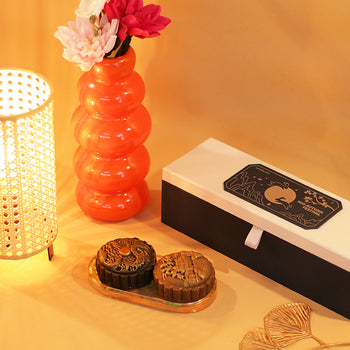
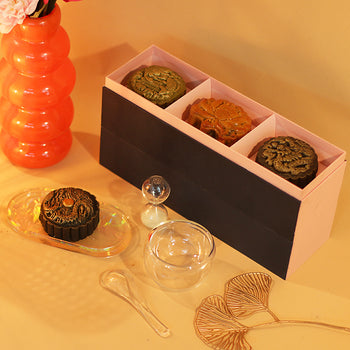
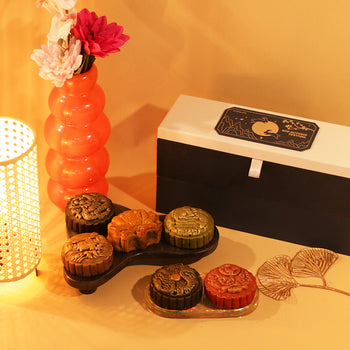
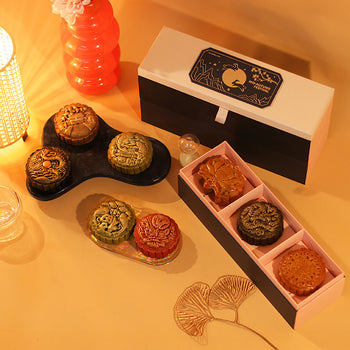
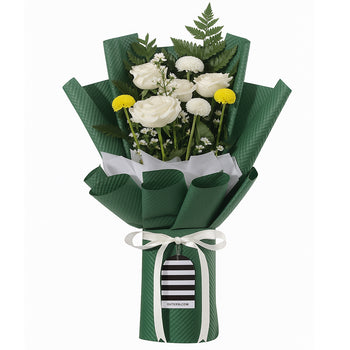
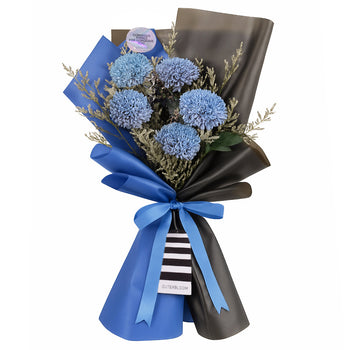
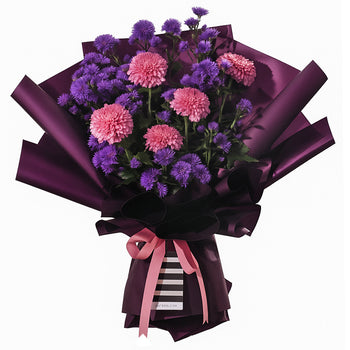
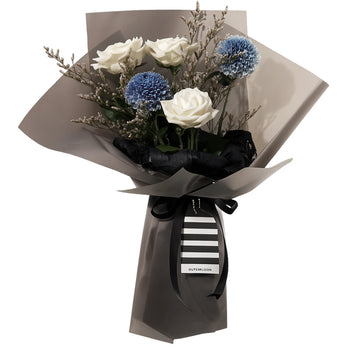
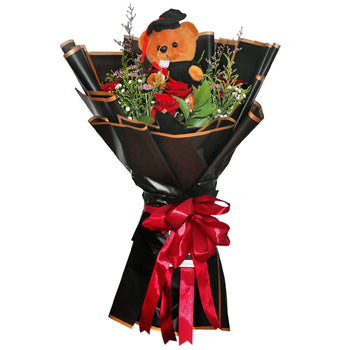
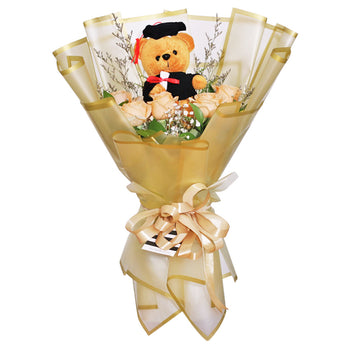



 PROMO
PROMO
 LOGIN
LOGIN
 DAFTAR
DAFTAR
 Live Chat
Live Chat